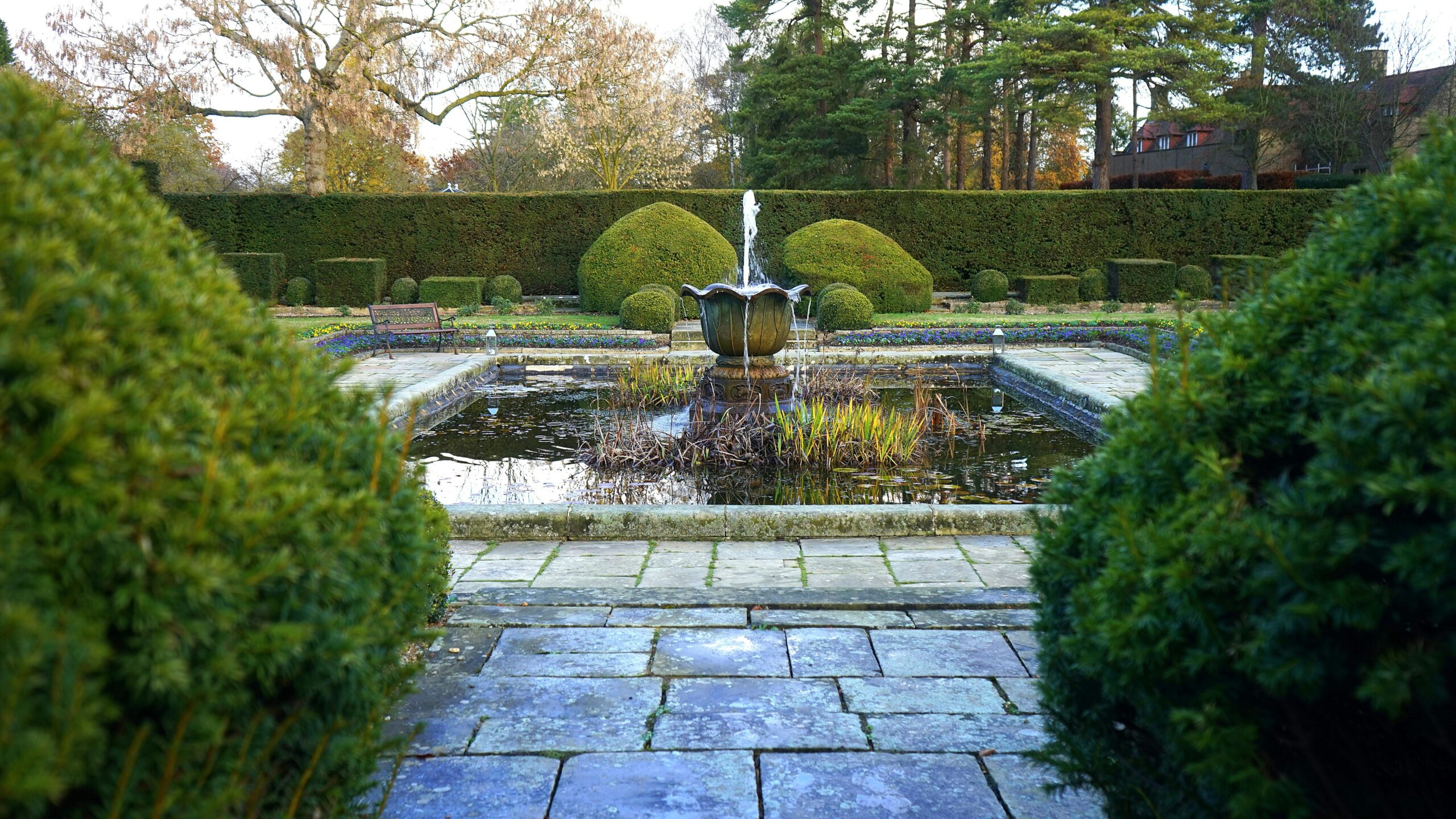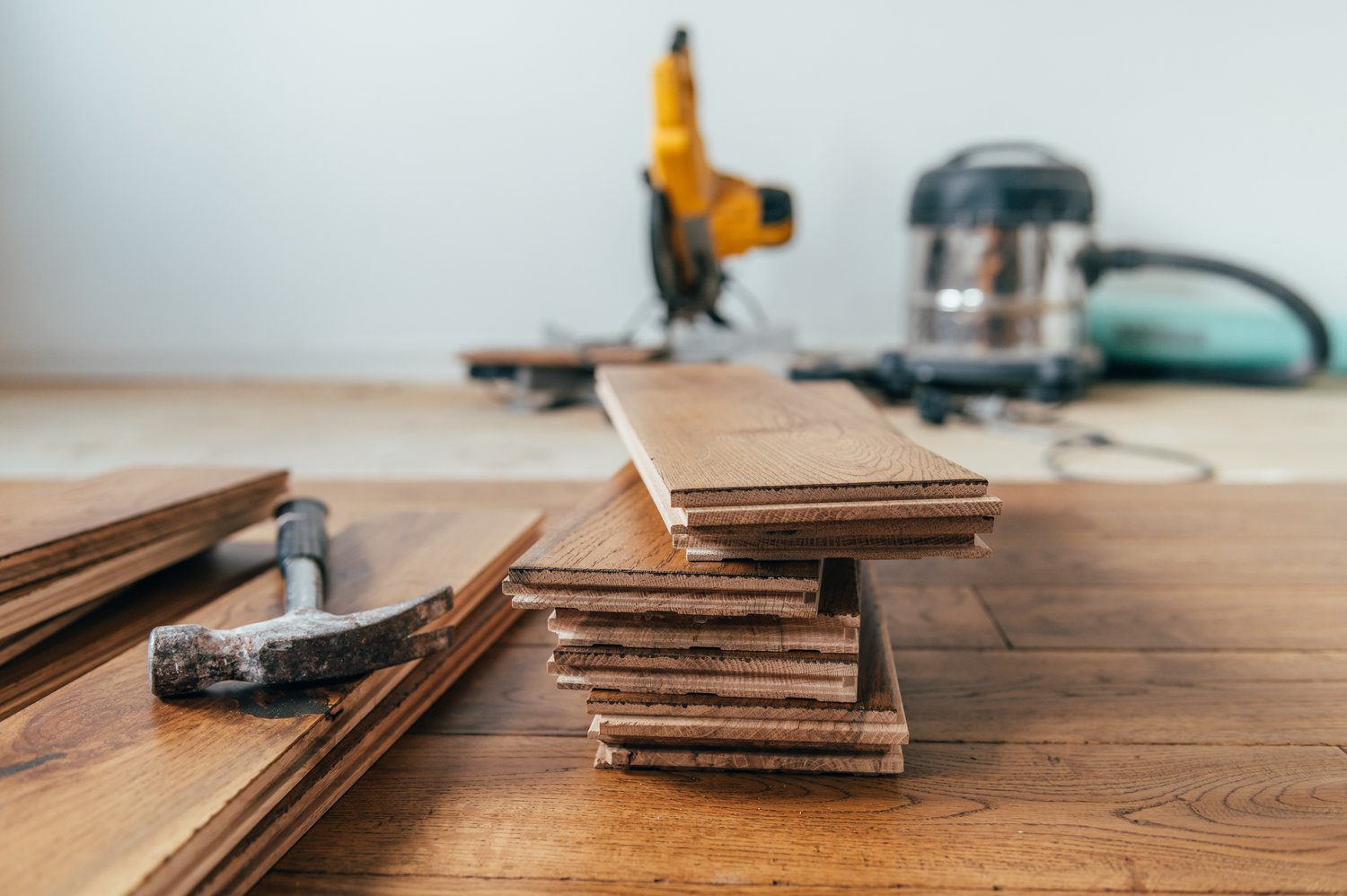A backyard pond or water garden adds a stunning focal point to any outdoor space, creating a tranquil retreat and attracting diverse wildlife to your garden. Whether you envision a small decorative water feature or a larger koi pond construction project, proper planning and execution are essential for success. This comprehensive guide walks you through the process of designing and installing your own water garden, covering everything from selecting the right location to choosing appropriate filtration systems and populating your pond with beautiful aquatic plants and fish.
Selecting the Perfect Location
The first step in your backyard pond design build process is choosing the ideal location. Consider an area that receives partial sunlight—about 4-6 hours daily is optimal. Too much sun can encourage excessive algae growth, while too little may inhibit aquatic plant development. Avoid placing your pond directly under trees, as falling leaves and debris will increase maintenance requirements and potentially compromise water quality. The location should be visible from your favorite outdoor seating area or from inside your home to maximize enjoyment. Additionally, ensure the area is relatively level or can be easily graded, and check for underground utilities before excavation begins.
Planning Your Pond Size and Style
When planning your water garden installation, carefully consider both your available space and long-term maintenance commitment. Smaller ponds (under 100 gallons) are quicker to install but limit your options for fish and plants. Medium-sized ponds (100-500 gallons) offer a good balance between visual impact and manageable maintenance. Larger ponds (over 500 gallons) create dramatic landscapes and provide more stable ecosystems but require more substantial investment in equipment and upkeep. Consider your pond’s depth as well—18 inches minimum for aquatic plants and at least 24-36 inches if you plan to keep fish, especially in colder climates where deeper water prevents freezing.
Essential Components and Materials
Every successful water garden installation guide emphasizes quality materials for longevity. Start with a reliable pond liner—either flexible EPDM rubber (lasting 20+ years) or rigid preformed options. For larger installations, 45-mil EPDM liners offer the best durability and flexibility to create custom shapes. Underlay materials provide crucial protection for your liner from stones and roots. Next, select appropriate pond filtration systems, which typically include both mechanical and biological components. Mechanical filters remove debris and particulates, while biological filters use beneficial bacteria to process harmful ammonia from fish waste. A properly sized pump circulates water through these filters and any waterfall features, with the general rule being to cycle the entire water volume once every hour.
Installing Your Pond
The installation process begins with outlining your desired shape using a garden hose or rope. Excavate to your planned depths, creating shelves at various levels for plant placement. After removing sharp objects from the excavated area, add a layer of sand or protective underlay before installing your liner. Allow extra liner around all edges (at least 12 inches) to accommodate settling and secure placement. Add rocks and gravel to hold the liner in place and create natural-looking edges. For proper pond filtration systems, position your pump at the deepest point and install plumbing for filters and any waterfall features. Once complete, fill the pond with water and allow it to settle for 24-48 hours before adding plants or fish.
Adding Aquatic Plants for Ponds
Aquatic plants are essential components that transform a simple water feature into a thriving ecosystem. They provide oxygen, filter nutrients, offer shade for fish, and add stunning visual elements. Include four types of aquatic plants for balanced pond ecology: submerged oxygenators like anacharis that remain below the water surface; floating plants such as water lettuce that shade the water and absorb nutrients; marginal plants like iris and cattails for pond edges; and water lilies or lotus for dramatic surface coverage and flowers. When selecting plants, consider your climate zone and pond depth to ensure they’ll thrive through seasonal changes.
Introducing Fish to Your Pond
If you’re considering koi pond construction, understanding fish selection and care is crucial. Begin with hardy varieties like goldfish before introducing more sensitive species like koi. Start with a small number of fish and gradually increase as the ecosystem establishes itself. The general rule is one inch of fish per square foot of surface area for a balanced system. Before adding fish, ensure your water has been properly conditioned and your filtration system has been running for at least two weeks. Water parameters like pH, ammonia, and nitrite levels should be tested regularly, especially during the first months after establishing your pond.
Maintenance Considerations
Maintaining your backyard pond requires regular attention to ensure a healthy ecosystem. Seasonal tasks include removing debris, checking equipment, and adjusting plant care based on growth cycles. In spring, clean filters, remove accumulated debris, and restart pumps if they were winterized. Summer maintenance focuses on monitoring water levels and quality, while fall requires removing falling leaves before they decompose in the water. Professional help for larger maintenance tasks can be found through services like AskHomey, which connects homeowners with qualified pond specialists who can provide expert guidance and services for more complex issues.
For more tips and to connect with reliable home service professionals, follow AskHomey on Facebook and Instagram.



